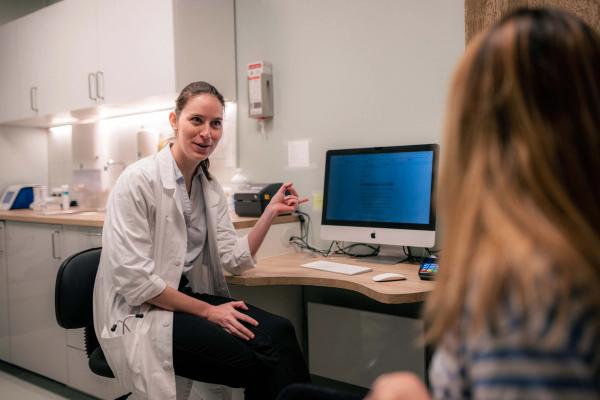There are prescription free ointments, suppositories and tablets that are antifungal. All the alternatives are equal and it has not been proven that there is a difference in effect between the different preparations or brands.
It is important to follow the instructions for use for the preparation you are using. How often to take the pills or apply the ointment will be described there. Below are some general descriptions of common preparations that are available without a prescription.
- Prescription-free vaginal suppositories for 1-3 days.
- Prescription-free ointment that is applied to the labia and around the vaginal opening 2-3 times a day for 1-2 weeks.
- One-day treatment with a tablet is also without a prescription and has the same effect as the local ointments and suppositories.
If you suffer from frequent recurrences (> 4 episodes per year) of fungal infection, you should see a doctor to discuss the right treatment and to make sure that it is fungus that you have and not something else that is causing your problems. Long-term self-treatment is not recommended - if you are frequently bothered, it makes sense to go to the doctor.

